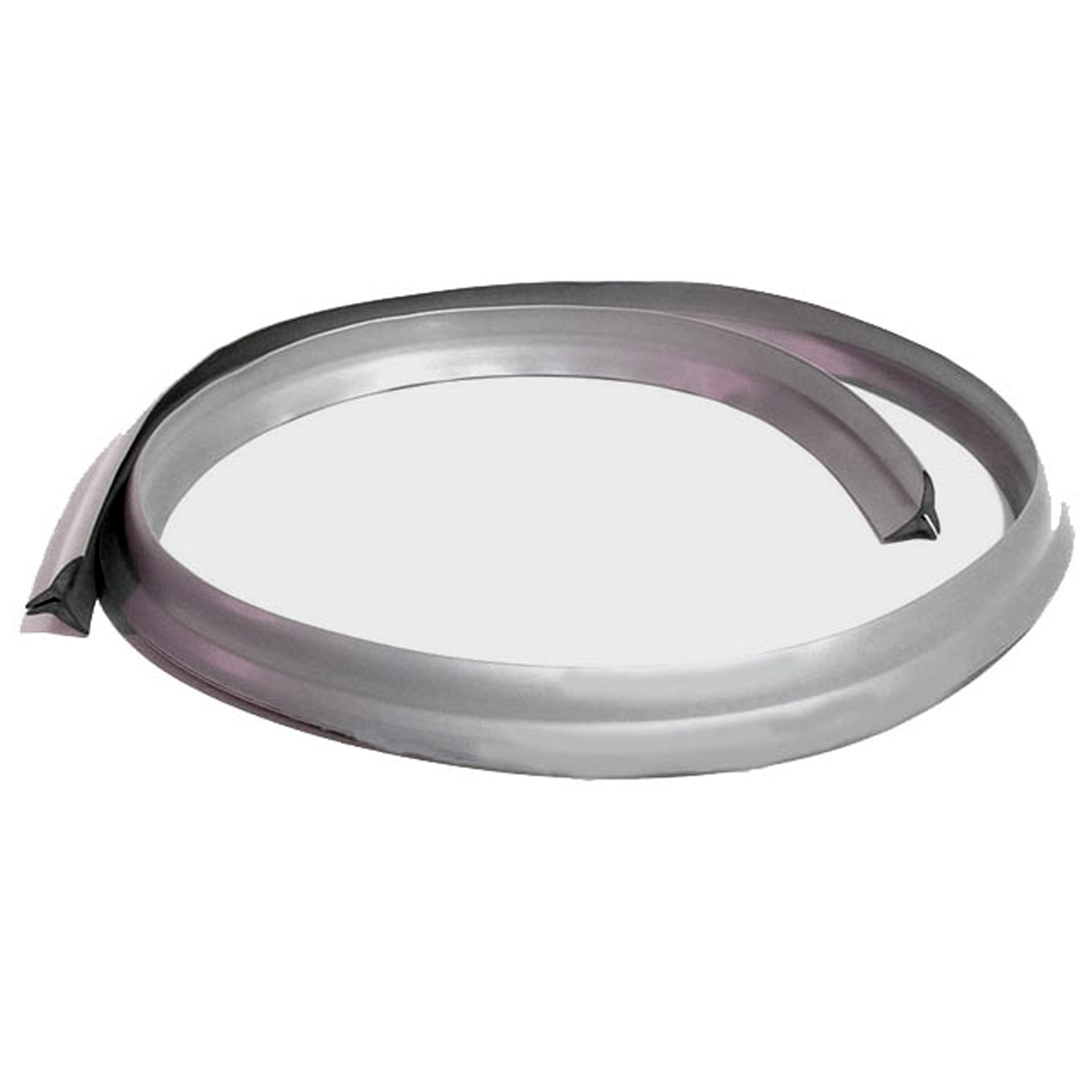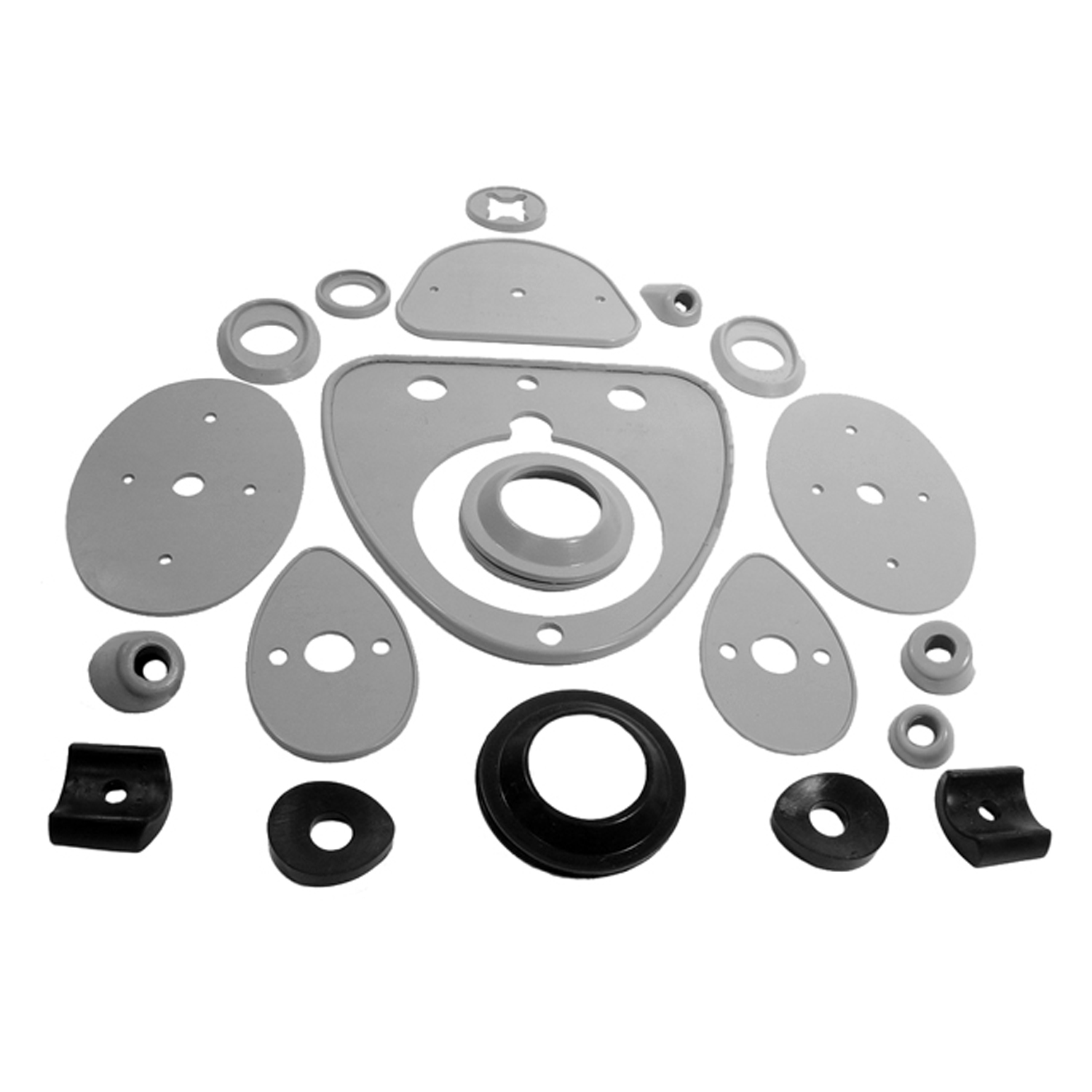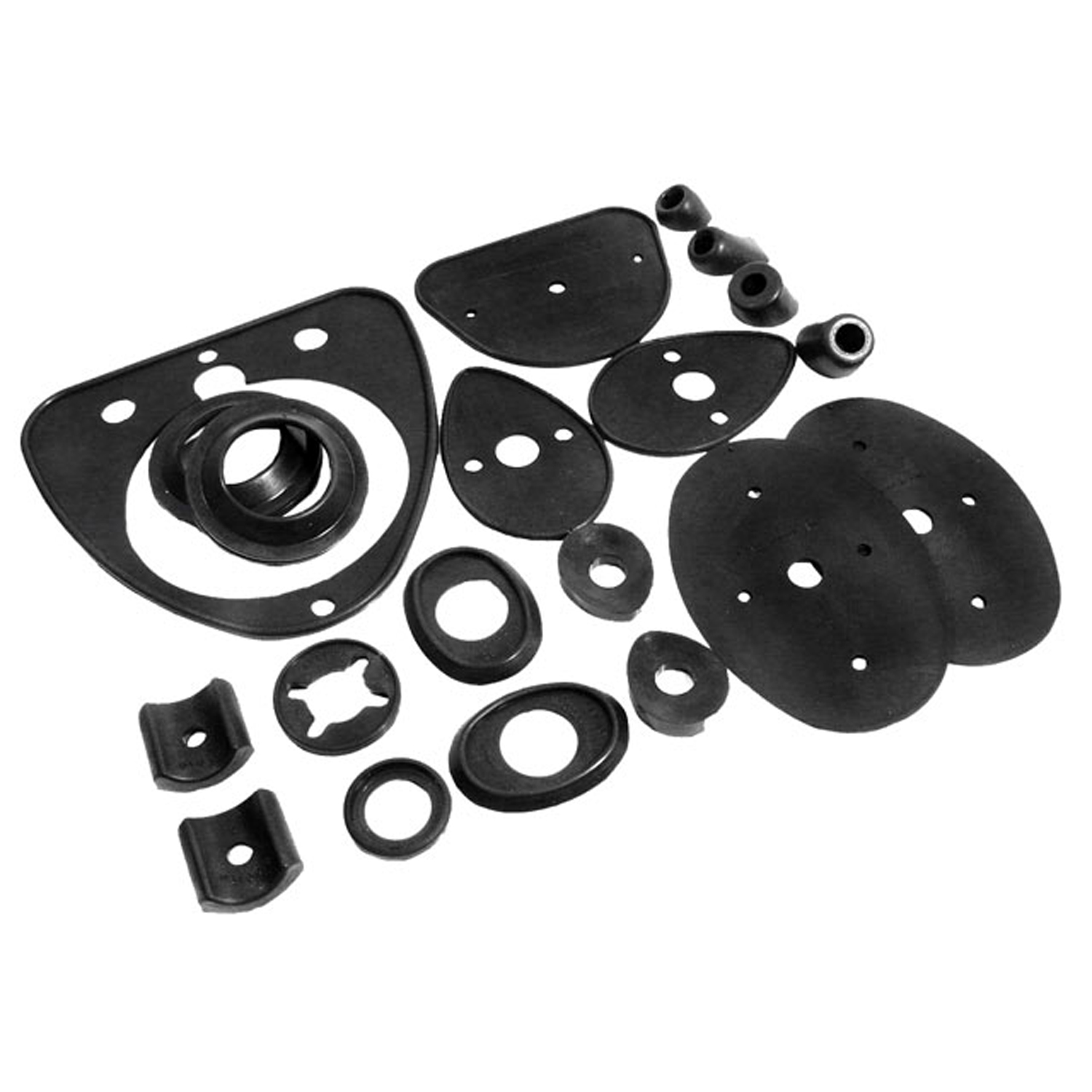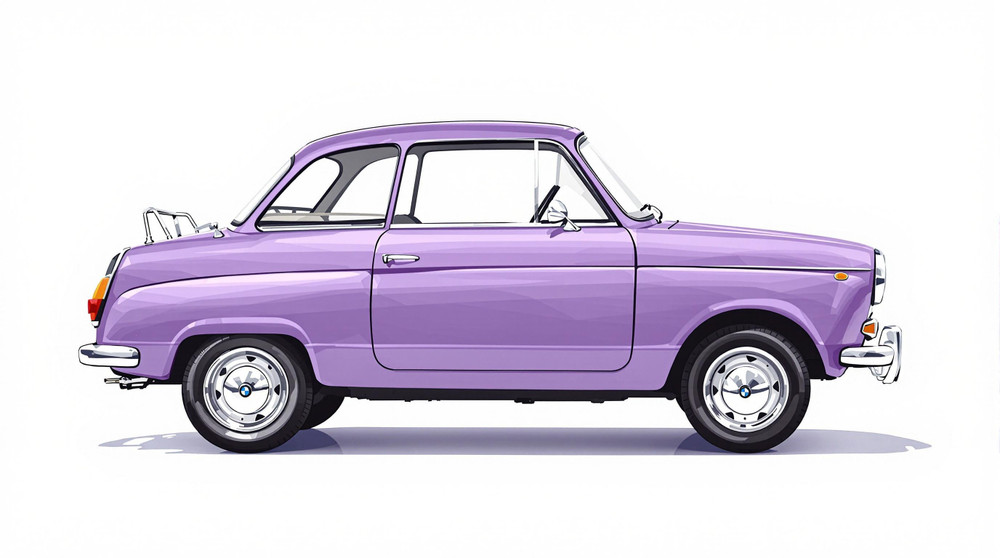Image of 1955 Bmw Isetta, Note: These illustrations use artistic license and may differ from actual historical models.
Performance Metrics
Fundamental Metrics
Emotional Appeal
MMP Rating
| Engine Specifications | |
|---|---|
| Engine: | Single-cylinder four-stroke engine |
| Displacement: | 247 cc |
| Horsepower: | 12 hp at 5800 rpm |
| Torque: | 14 Nm at 4600 rpm |
| Compression Ratio: | 6.8:1 |
| Ignition System: | Magneto ignition |
| Cooling System: | Air-cooled |
| Performance Specifications | |
| 0-60 Time: | 30 seconds |
| 1/4 Mile Time: | Not available |
| Top Speed: | 53 mph |
| Transmission and Drive | |
| Drive Type: | Rear-wheel drive |
| Transmission Type: | 4-speed manual |
| Fuel and Efficiency | |
| Fuel System Type: | Carburetor |
| MPG: | 50 mpg |
| Dimensions and Brakes | |
| Brakes: | Drum brakes |
| Wheelbase: | 58.3 inches |
| Weight: | 770 lbs |
Note: Specifications for classic cars are given to the best of our ability, considering the limited and variant data available.
Introduction
Step into the world of microcar charm with the 1955 BMW Isetta, a vehicle that redefined compact efficiency in the post-war era. This tiny marvel emerged from a time when resources were scarce and innovation was a necessity. Originally developed by the Italian firm Iso SpA, the Isetta's design was licensed by BMW, who then made significant modifications to create a German-engineered icon. Its egg-shaped body and unique front-opening door not only captured imaginations but also provided practical mobility solutions. The Isetta holds a special place in automotive history as it played a pivotal role in saving BMW from financial ruin during difficult times.
Design and Innovation
The exterior of the 1955 BMW Isetta is instantly recognizable with its rounded silhouette and distinctive single front door that swings open with the steering wheel attached, resembling a refrigerator more than a car door. The interior, though compact, was crafted with attention to detail, featuring a bench seat that could accommodate two adults in cozy proximity. Materials used were modest yet durable, befitting its economical purpose. Technologically, the Isetta boasted an advanced air-cooled single-cylinder engine for its size and time. Color options ranged from bright reds to pastel blues, with many owners favoring vibrant shades that accentuated its playful character. The most iconic body style was undoubtedly the standard bubble window coupe, which has become synonymous with the Isetta name.
Historical Significance
The BMW Isetta's impact on automotive design is undeniable; it challenged conventional car size and shape during an era when bigger often meant better. It stood apart from its contemporaries with its minimalist approach to transportation—providing just enough of what was needed for post-war drivers. The Isetta's design principles can be seen echoed in today's city cars and eco-friendly vehicles.
Performance and Handling
While no speed demon, the 1955 BMW Isetta's performance was adequate for urban environments, reaching top speeds of around 53 mph. Acceleration from 0-60 mph was not a relevant metric for this microcar—it was about getting from point A to B efficiently. Handling was nimble due to its light weight and narrow track, allowing it to navigate through tight spaces with ease. Drivers often reported a surprisingly smooth ride and an engine sound that was more endearing than imposing.
Ownership Experience
The Isetta found its niche as an economical daily driver but has since become a beloved show car and collector's item. Maintenance is relatively straightforward due to its simple mechanics; however, parts can be scarce. Reliability is generally good if well-maintained—a testament to BMW's engineering.
Fun Facts
The Isetta has had its share of limelight with rare editions like the 'Bubble Window' models being highly sought after. Celebrities such as Elvis Presley owned an Isetta at one point. While not known for breaking speed records, it did set sales records for BMW at the time and helped save the company financially.
Collector's Information
The current value range for a well-preserved 1955 BMW Isetta can vary widely but typically falls between $30,000 to $45,000 depending on condition and originality. With production numbers estimated in the tens of thousands during its run, they are rare but not impossible to find for dedicated collectors. The value of these charming microcars has been appreciating over time as their historical significance and unique design continue to captivate enthusiasts.
Conclusion
The 1955 BMW Isetta is more than just a car; it's a symbol of ingenuity and resilience in automotive history. Its quirky design and practicality won over hearts in post-war Europe and continue to charm collectors around the world today. As we look back on this diminutive yet mighty vehicle, we're reminded that sometimes the smallest packages hold the greatest surprises.
1955 Bmw Isetta Catalog of Parts
 1955 BMW Isetta Bumper to Body Seal. 34" long X 5/8" wide. Each-BG 91-IBumper to Body Seal. 34" long X 5/8" wide. Each
1955 BMW Isetta Bumper to Body Seal. 34" long X 5/8" wide. Each-BG 91-IBumper to Body Seal. 34" long X 5/8" wide. Each 1955 BMW Isetta Mounting Base Kit-MBK 100Mounting Base Kit
1955 BMW Isetta Mounting Base Kit-MBK 100Mounting Base Kit 1955 BMW Isetta Mounting Base Kit (Black parts only. 20-Piece Set.-MBK 101Mounting Base Kit (Black parts only. 20-Piece Set.
1955 BMW Isetta Mounting Base Kit (Black parts only. 20-Piece Set.-MBK 101Mounting Base Kit (Black parts only. 20-Piece Set.Why Choose Metro?
For over 100 years, Metro Moulded Parts has been the pinnacle of quality in classic car restoration parts. Our commitment to precision and authenticity in every component ensures a perfect fit and an OEM-level appearance.
- Expert Craftsmanship & Quality: Each part is a testament to our dedication to reliability and perfection, crafted from original designs and thoroughly tested.
- Advanced Technology: We use cutting-edge techniques to create flawless, long-lasting parts that surpass others in performance.
- SuperSoft Sponge – The Ultimate Door Seal: Not only are our door seals 30% softer than competitors', but they're also guaranteed to never leak. They effectively reduce wind and road noise, enhancing your classic car's comfort and driving experience.
- Proudly American: Our parts are a product of American craftsmanship, made in the USA with a spirit of excellence and heritage.
- Unrivaled Warranty: We back our products with a 30-year industry-leading warranty, a testament to our confidence in their quality.
Join us in preserving the legacy of classic cars with parts that are crafted for perfection, not just made.

